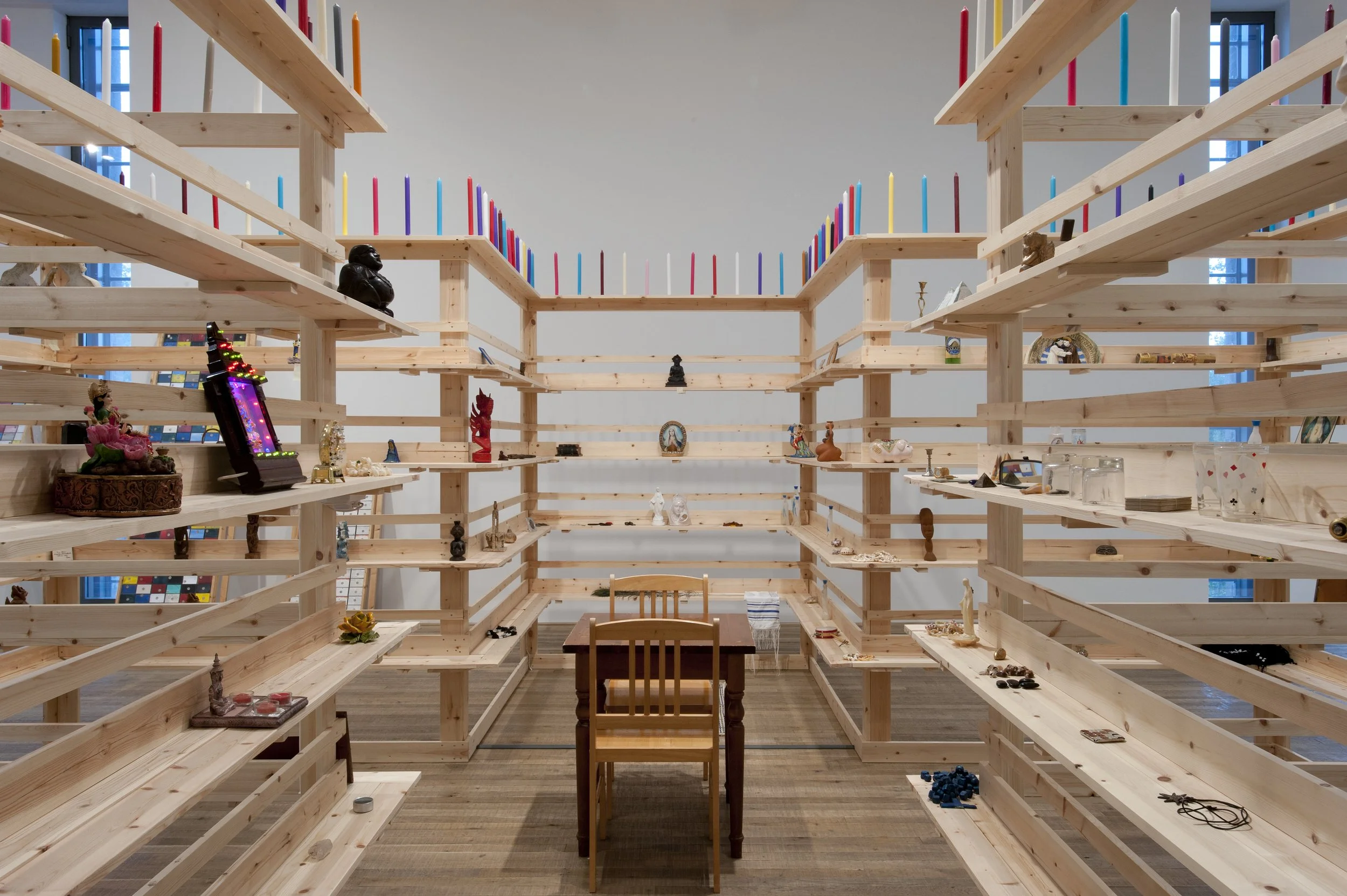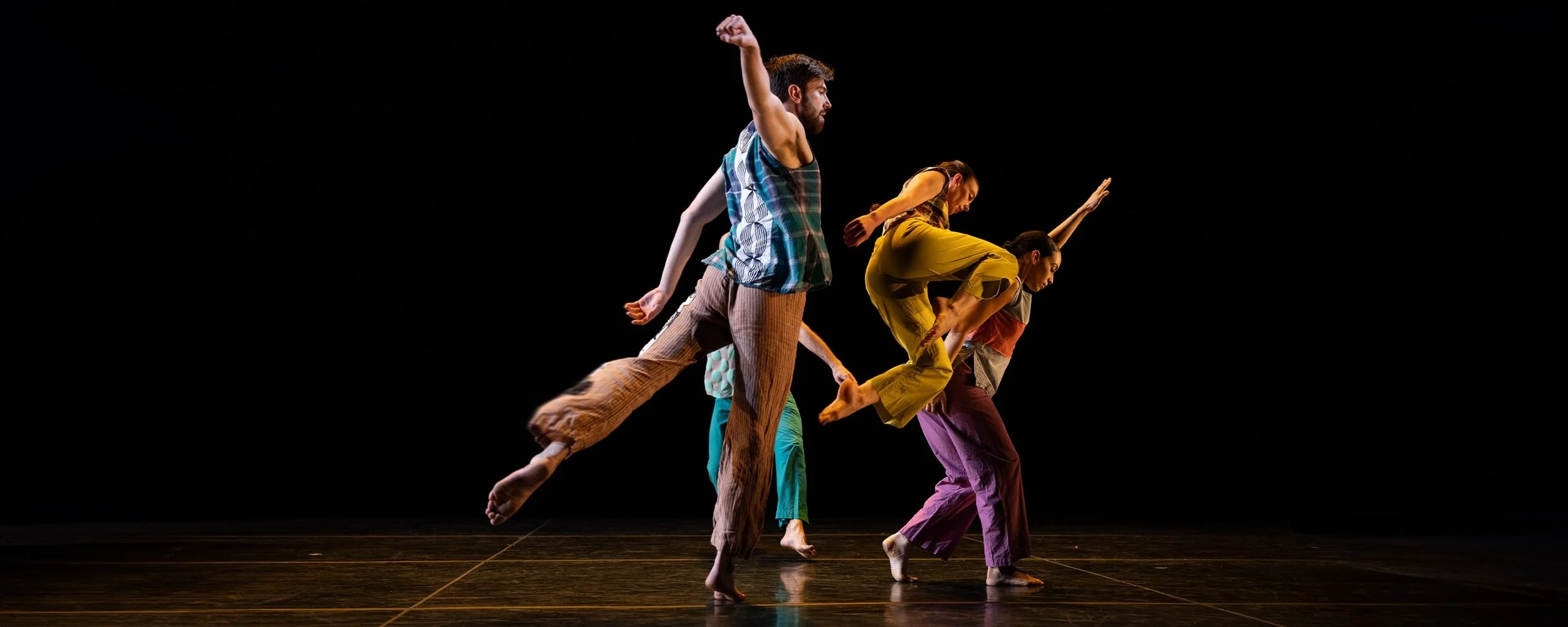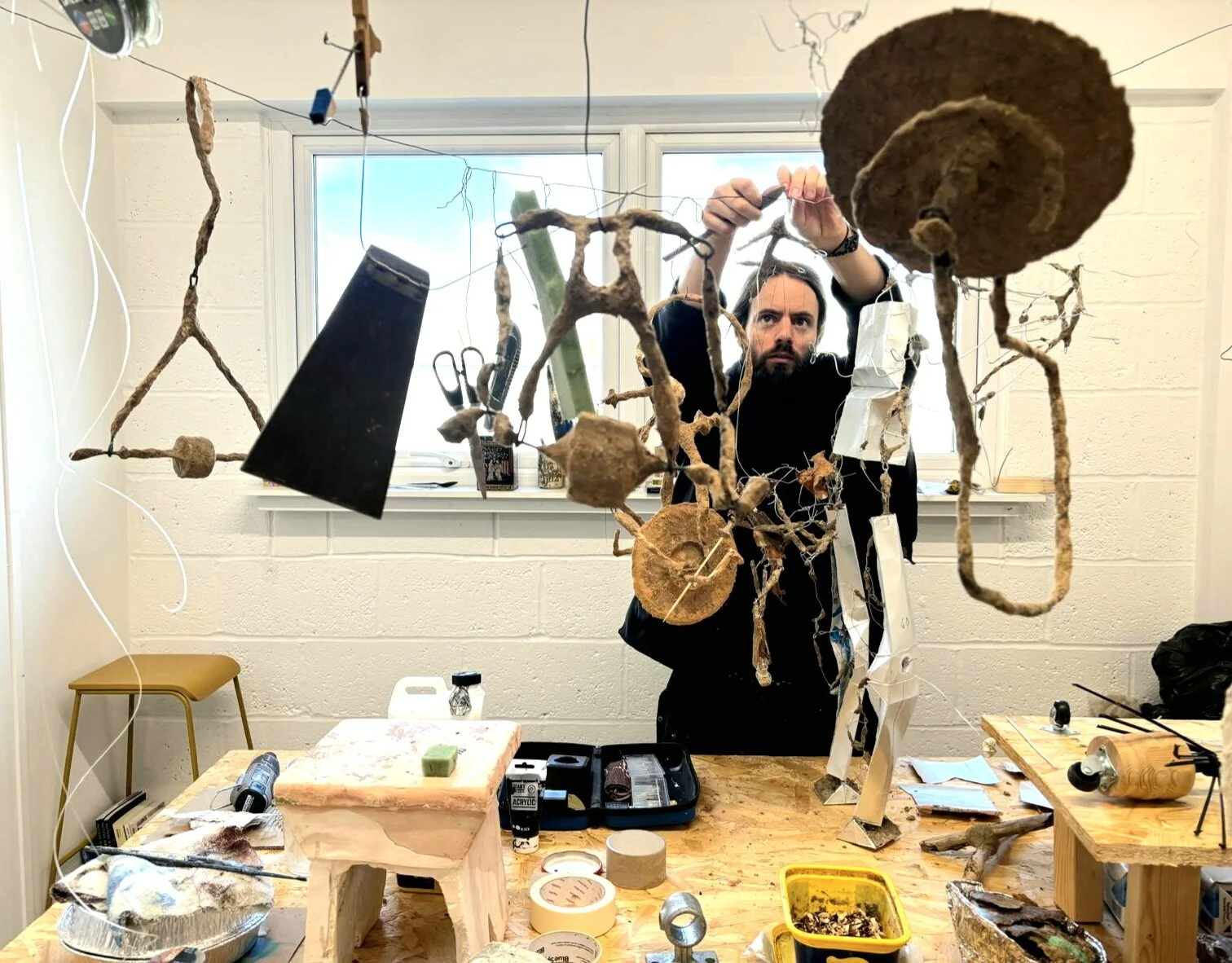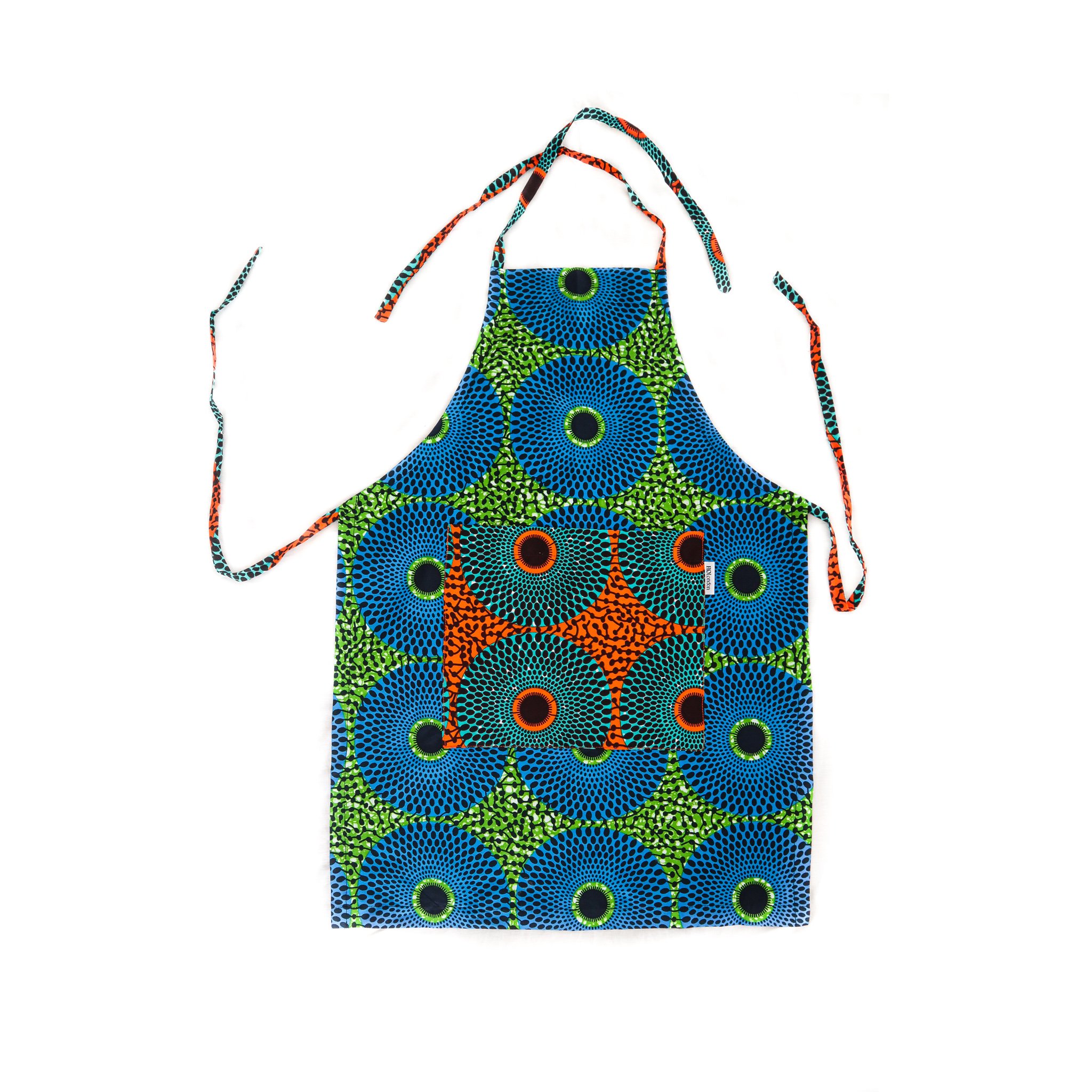Soil: The World at Our Feet, Somerset House, review
Somerset House is celebrating its 25th anniversary in 2025 with an exciting programme, beginning with the launch of its first exhibition, SOIL: The World at Our Feet. A timely and thought-provoking theme that is bound to capture the interest of many. As I left the exhibition, my mind was buzzing, and I instantly knew who I wanted to recommend it to. The response was swift and enthusiastic, tickets were booked, and I’ve already received glowing feedback.
The co-curators, Henrietta Courtauld and Bridget Elworthy—who together make up The Land Gardeners—are a delightful duo. Their infectious enthusiasm and genuine joy in sharing their passion through this exhibition shine through. The team also includes curator and writer May Rosenthal Sloan, alongside Claire Catterall, Senior Curator at Somerset House Trust.
Unearthed - Mycelium by Jo Pearl, 2023.Soil: The World at Our Feet at Somerset House. © Elsa Pearl.
The Land Gardeners were established to research plant and soil health through growing, cutting and designing and with a mission to work with gardeners and farmers to improve the health of our land with regenerative efforts. They have brought their information together with over 50 global and local artists of all ages to bring the mass public an exhibition highlighting how soil shapes everything from food and art to the environment, and our daily lives, encouraging us to see it as much more than just dirt. We are given a kaleidoscope of perspectives, experiences and voices in this exhibition with science, storytelling, facts, art andactivism, painting a true picture of one of the most urgent issues of our time.
The exhibition began with a quote to pique curiosity:
“‘Look up’ we are often told, an initiation to pause our chaotic lives and cast our eyes skyward to appreciate the wonder of the world. But what if instead of looking up we looked down?”
SOIL is an exhibition with earnest intentions but also a forward-thinking approach. Soil underpins all life on Earth, and while scientists have studied it for centuries, our understanding is still in its infancy. It has long been degraded, with too much carbon in the atmosphere and not enough in the soil, largely due to chemicals, herbicides, and pesticides. With this in mind, the exhibition aims to broaden the conversation beyond the farming and gardening communities, bringing the crucial message to the heart of a major city gallery like Somerset House.
Fly Agaric I by Marshmellow Laser Feast, Soil: The World at Our Feet at Somerset House. ©David Parry, PA Media;
The food industry is also affected and as a result we all are. Every time we eat, we are eating something that has comes from the soil and the nutrient density of what we eat depends on the health of the soil. Hence often what we eat today does not have the nutrients and minerals that the food our grandparents consumed had.
There is a large installation of Jim Richardson’s Big Bluestem, a tall back lit image of a prairie grass plant shows clearly what grows above ground as well as below and it is clear for all to see, much more is going on underground than above.
In the same area, Wim van Egmond’s Soil in Action, shows time-lapse movies of soil life, a compilation showing seed germination, root growth, plant development, bacterial activity and compost decomposition- processes typically to slow or too small to observe with the naked eye. These captivating visuals are projected on to two curved screens set opposite each other creating a semi-enclosed space visitors can step into for a truly immersive experience.
For centuries and across continents, soil has been used by humans as a material of artistic representation and expression. Using soil in an artistic endeavour is Herman de Vries From Earth. For this artist nature is art. Since the early 1970s the artist has collected thousands or soil samples from across the world. which were then rubbed onto paper – making up of sixty such samples - forty-eight of which are on display here - taken from across the largest Greek island Crete, Thefinal works resemble neat paint swatches or laboratory specimens, hiding the meditative process of touching, grinding and rubbing the soil. But does provide us with a visual representation of the extraordinary diversity and endless beauty of soil.
In the same vein is the short film Earth Pigments artist and educator Julia Norton talks about her own practice and the importance of ochre as earth pigment. In the case on display is a collection of pigment samples as well as the crayons that Norton creates from soil.
This Earth 6, Soil, microbes, film. Soil: The World at Our Feet at Somerset House. © Daro Montag.
Clare Richardson’s photograph of a group of boys fully covered in mud immediately catches the eye. The joy they exude reflects the idea that physical contact with the earth can positively impact one’s mood. These images were taken during a visit to a small community in North America that follows the teachings of philosopher Rudolf Steiner, where she went to visit a friend. This chance encounter with Harlemville ultimately shaped her life and the way she chose to raise her own family. The Steiner philosophy encourages freedom of expression and an ease with the natural world, imbuing those who follow it with an uninhibited self-confidence and self-awareness that is rarely seen in mainstream society.
The curators wished to end the exhibition on a hopeful note with the last room containing A World Map of Soil highlighting ‘100 voices doing incredible things with soil’. Even if one does not farm or grow. We all have the to make change by supporting these people - buy their food, talk about them, contact them, emulate them, celebrate them and by lobbying the people you have elected to support their work. Collectively and individually, we have the power to heal this planet. Healing our soil is our most powerful weapon against a climate catastrophe.
Maeve Brennan, With Horses, 2023, film still. Soil: The World at Our Feet at Somerset House. © Maeve Brennan.
You will leave the exhibition looking at what lies beneath your feet in an entirely different way. With curiosity and fascination knowing that so much is alive and hidden away beneath us, unseen, and hard working to give us life. One does wish exhibitions like this could be free. The more people that see SOIL the better!
Running alongside the exhibition, there are some exciting happenings to look out for - a new digital programme and an extensive programme of public events, including a communal dining experience at Somerset House’s Spring restaurant, a sketching workshop using soil, and a week of activity over the February half-term. Something for everyone!
A quote to remember, “Our relationship with soil is our connection to Earth itself. Without soil, there is no us.”
Date: until 13 April 2025. Location: Somerset House, Embankment Galleries, Strand WC2R 1LA. Price: Adults £18.50, Concession £15. Book now.
Click here to discover more on what to expect at Somerset House this year for its 25th anniversary.
Review by Natascha Milsom







































